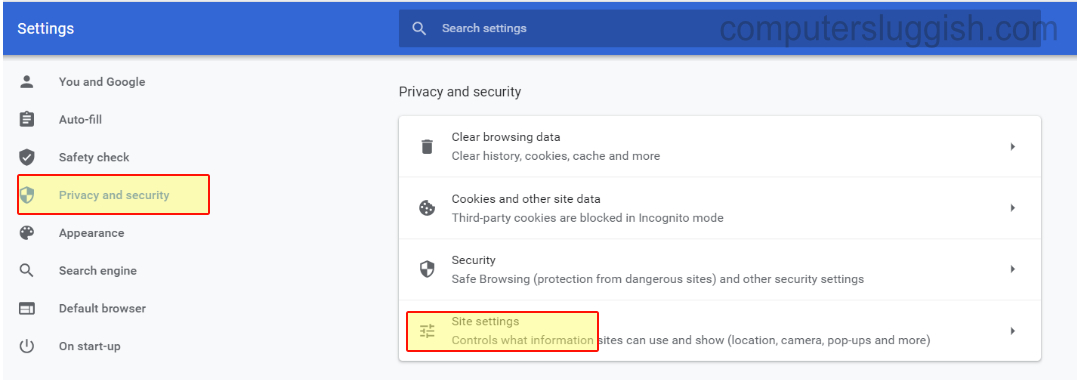

Those looking to set this up for an enterprise can likely follow the directions for using Group Policy or the Admin console to configure the AuthServerAllowlist policy. You can set this up locally, no need to have this remotely deployed. This seems like the most stable option but takes more work to setup. Installing, enabling, and configuring the AuthServerAllowlist/"Authentication server allowlist" Group Policy or Local Group Policy.Downfall to this approach is that opening links from other programs will launch Chrome without the command line switch. Launching Chrome with the auth-server-whitelist command line switch.Control Panel > Network and Internet > Internet Options > Security > Local intranet > Sites > Advanced However, Chrome would not. I found that IE would grant access to the site if the URL was listed in the local intranet zone website list. Specifically the option that I found best is to whitelist sites that you would like to allow Chrome to pass authentication information to, you can do this by: 1 Answer Sorted by: 3 I had the same issue recently. Click on Settings, scroll to the bottom and click the Show Advanced Settings link. Google Chrome : Click the 3 horizontal lines icon on the far right of the Address bar. Enter the URL of your Trusted Site, then click Add. Click the Trusted Sites icon, then click Sites. The Chromium project has some HTTP authentication documentation that is useful but incomplete. Go to Tools > Internet Options > Security.

While moopasta's answer works, it doesn't appear to allow wildcards and there is another (potentially better) option.


 0 kommentar(er)
0 kommentar(er)
